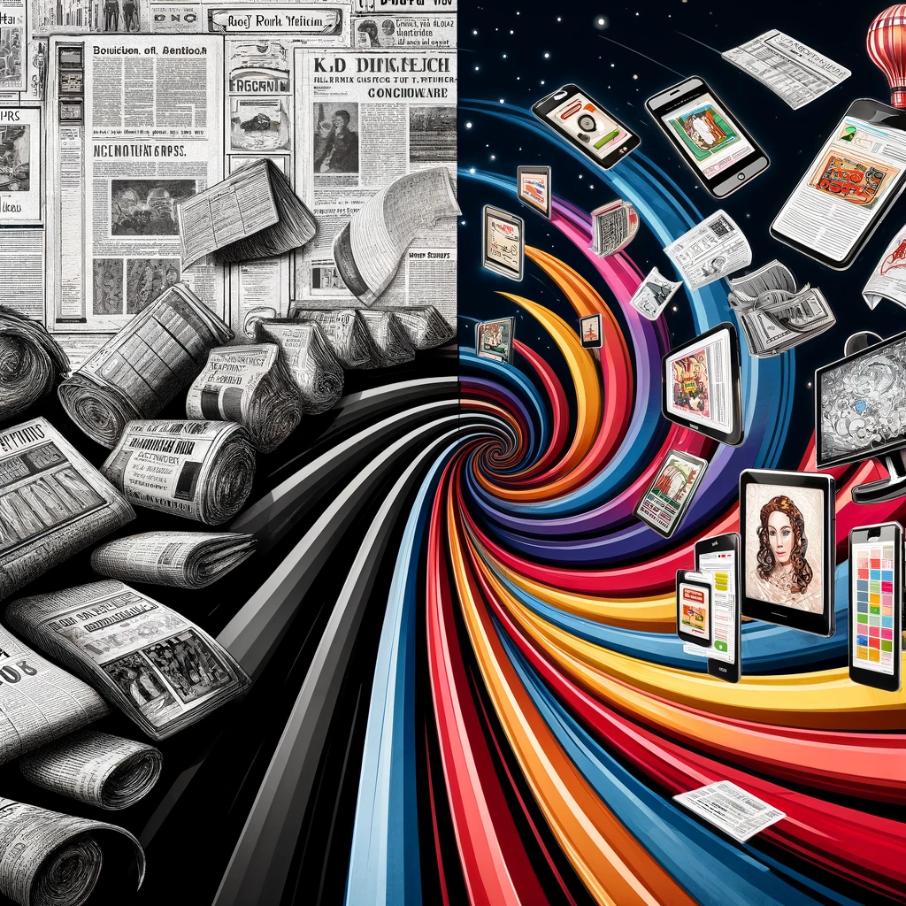April 25, 2024
How the 1982 Asian Games Transformed Indian Advertising
Written by - S.Vignesh Kanna

In 1982, India hosted the Asian Games that reshaped New Delhi's cityscape. Behind the scenes, the arrival of colour television redefined Indian advertising as well. What started as a tool for event coverage completely changed the way brands spoke to people. Here's how it all came together.
Before the Games: Advertising in Black and White
Advertising in the late 1970s was all monochrome. Brands relied on:
- Newspapers: Classifieds were straightforward and factual.
- Wall posters: Vibrant, yes, but restricted to local audiences.
The medium of television was in it's infancy, offering basic black-and-white programming. Ads were functional but lacked flair.
But then,two events in 1982 changed the course of Indian advertising.

The Asian Games : India brings Colour
Indian government upgraded radio and television to meet the demands of the event. Along with it came two major developments :
1. Colour Television
Colour television broadcast and network programming started on all television stations. Viewers were now exposed to a whole different genre of television.
2. Advertising Gets a Free Pass
In a bold move, the government relaxed the strict rules meant to curb TV advertisements. It gave a newfound freedom for the industry :
- A creative space to push new ideas
- The ability to reach millions of viewers
A New Era for Indian Advertising
These changes took a run of the mill industry to a dynamic,modern and competitive one:
- Brands competed to produce high-quality commercials.
- Dynamic campaigns that reflected the changing shift captivated the audience
This caused a new wave of marketing.
Fast Forward: From TV to Social Media
Today, Indian advertising has gone digital, with social media taking charge. Platforms like Instagram, Facebook, and YouTube are now offering brands:
- Two-way conversations with consumers
- Affordable, hyper-targeted campaigns
- Real-time feedback loops
India now boasts one of the largest social media user bases in the world. 23.8% of Asia’s internet users hail from the subcontinent. Advertisers are using these platforms to create campaigns that are intuitive and interactive.
The Core That Remains
While the medium has evolved to the digital age—the heart of advertising hasn’t changed. At its core, it still seeks to:
- Inform consumers about what’s out there
- Persuade them to make a choice
- Remind them why they should stay loyal
The 1982 Asian Games were more than a sporting event. They were a cultural pivot, a moment when India found its voice in color. Decades later, the legacy of those games continues to resonate in the world of Indian advertising, proving that sometimes, a single event can change everything.



